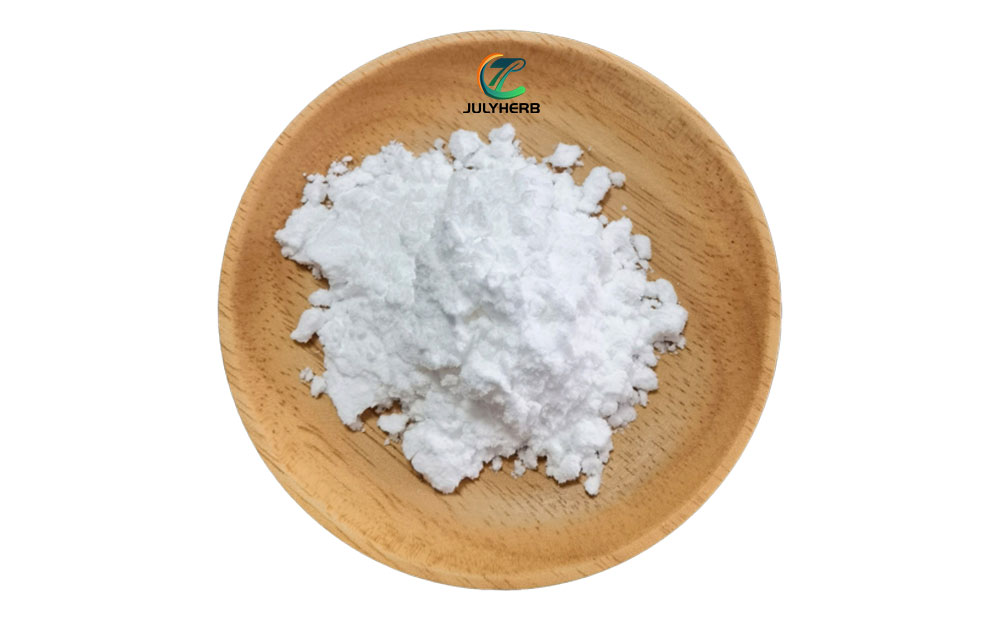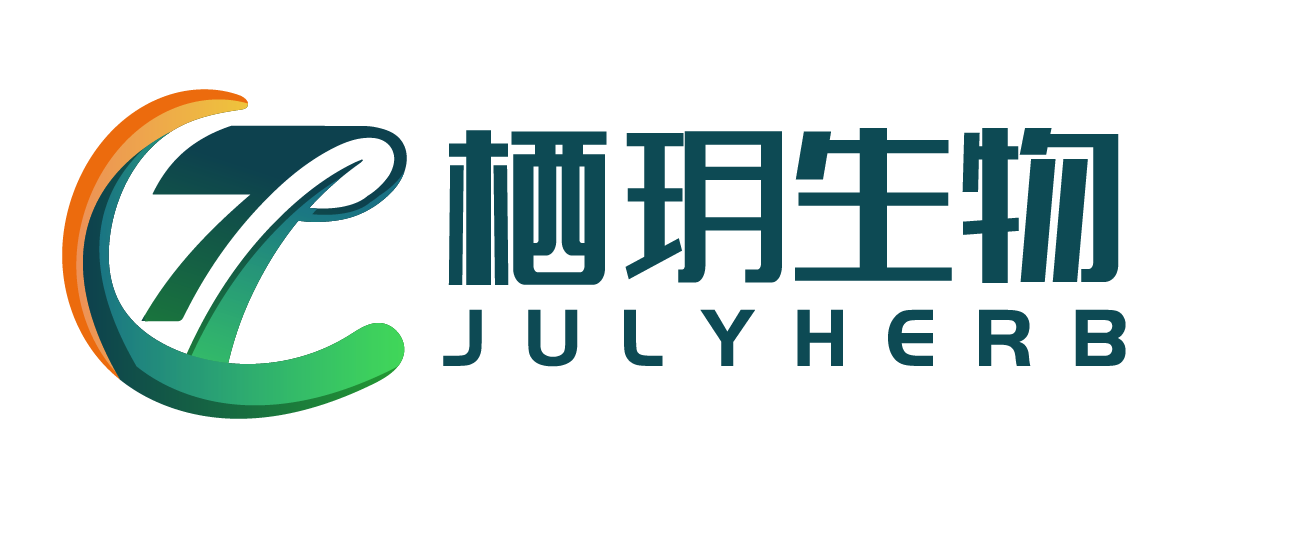1. Introduction
Nicotinamide mononucleotide (NMN) or Nicotinamide-1-ium-1-β-D-ribofuranoside 5′-phosphate is a type of bioactive nucleotide which is naturally formed by the reaction between a phosphate group and a nucleoside containing ribose and nicotinamide. Generally, it exists in two anomeric forms namely alpha and beta. The beta anomer is the active form between these two with a molecular weight of 334.221 g/mol. NMN is naturally abundant in various types of food . Vegetables like broccoli, cabbage contain 0.25–1.12 and 0.0–0.90 mg NMN/100 gm, fruits like avocado, tomato contain 0.36–1.60 and 0.26–0.30 mg NMN/100 gm, whereas raw beef has 0.06–0.42 mg NMN/100 gm. NMN is also used as a substrate for prokaryotic enzymes like NadM in Methanobacterium thermoautotrophicum, NadR in Haemophilus influenza, NadM/Nudix in Francisella tularensis.
In human cells, Nicotinamide Mononucleotide is available as a source of cellular energy. Not long ago, this molecule was only known for its activity as an intermediate in nicotinamide adenine dinucleotide (NAD+) biosynthesis. During this biosynthetic process of NAD+, Nicotinamide Mononucleotide(NMN) acts as an important substrate for enzymes like nicotinamide mononucleotide adenylyltransferase 1 or NMNAT 1 of nuclear origin and NMNAT 3 of mitochondrial origin that helps in the enzymatic conversion to NAD+ in human. Recently, preclinical studies have demonstrated diversified pharmacological activities of Nicotinamide Mononucleotide in cardiac and cerebral ischemia, Alzheimer’s disease, diet- and age-induced type 2 diabetes, and obesity, all of which are linked up to the deficiency of NAD+ . Camacho-Pereira et al. have shown that an increased level of NAD+ consuming enzymes e.g., NAD+ dependent acetylase (Sirtuins), poly ADP-ribose polymerase (PARP), NADase (CD38) contribute to the decline of NAD+ with age [9]. In mammalian cells, CD38, a type of cell surface NADase enzyme, causes breakdown of NAD+ to form nicotinamide and (cyclic-)ADP-ribose . On the other hand, expenditure of NAD+ helps PARP to produce branched ADP-ribose polymers that help in DNA repairing . Another group of NAD+ consuming enzymes, sirtuins (SIRT 1-7) performs different functions by consuming NAD+. Apart from deacetylation, which is the most common NAD+ mediated function of sirtuins, other functions like desuccinylase, demalonylase, lipoamidase, and deglutarylase enzymatic activity are noteworthy that help in the cellular adaptation of energy deficit and improvement of metabolic function. Administration of NMN can compensate for the deficiency of NAD+ caused by these NAD+ consuming enzymes.

Nicotinamide mononucleotide (NMN)
NMN shares similar properties like other NAD+ precursors- nicotinamide riboside (NR), nicotinic acid, and nicotinamide. Unlike NMN, nicotinic acid, and nicotinamide have several disadvantages in terms of their therapeutic application. Nicotinamide may cause hepatotoxicity or flushing, while a recent preclinical study suggests that it resides in the rat body for a shorter period of time compared to NMN. Niacin or nicotinic acid is associated with adverse effects like cutaneous flushing when administered as an immediate release formulation whereas the sustained release formulations may cause hepatotoxicity. Among the NAD+ precursors, NR and NMN are exceptions as fewer unfavorable side effects have been reported for these two metabolites . Moreover, nicotinamide riboside is also orally bioavailable like NMN. Considering these, NMN could be proposed as a preferable therapeutic option that can be supported by several ongoing clinical trials (NCT03151239, UMIN000021309, UMIN000030609, and UMIN000025739).
Here, in this review, the biosynthetic routes and absorption of NMN are discussed followed by a comprehensive analysis of the preclinically reported pharmacological properties with their underlying mechanism of actions. This will provide an insight into the possibility of converting these successful preclinical results for the treatment of human diseases.
2. Biosynthesis and Mechanism of Absorption with Nicotinamide Mononucleotide
As NMN is an intermediate product of NAD+ biosynthesis, first we need to focus on the biosynthesis of NAD+ for a proper understanding of NMN synthesis. This particular biosynthetic route is important to clarify the mechanism by which the deficiency of NAD+ can be compensated. NAD+ is synthesized by three different pathways in mammalian cells-1) de novo pathway-synthesis from tryptophan, 2) salvage pathway-synthesis from either nicotinamide or nicotinic acid, or 3) conversion of NR [18]. Among these, the latter two pathways will be discussed in this review (Figure 1), as NMN is an intermediate byproduct here.
